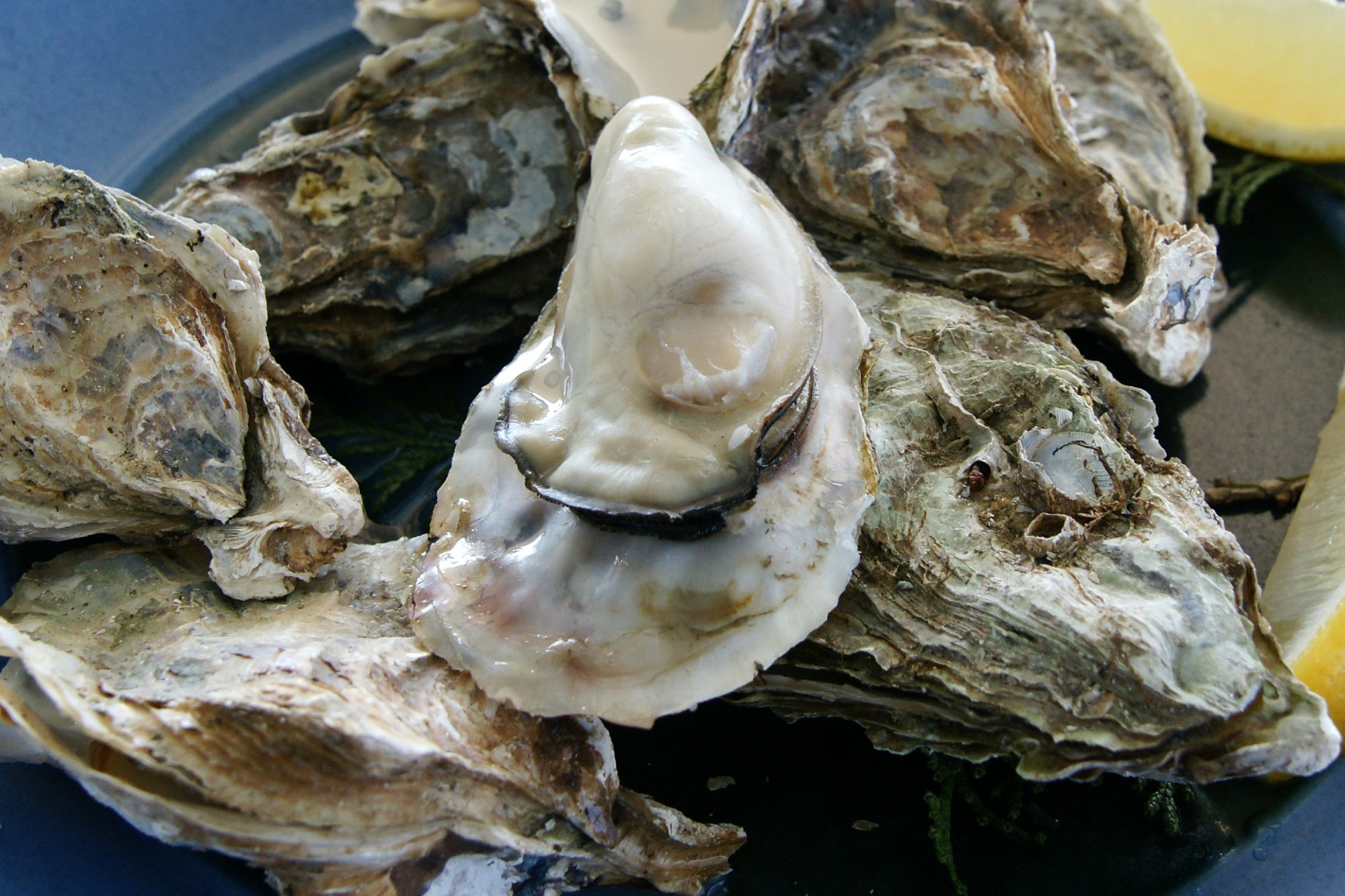I blew up my oven once. Oh, not really. It was my mother’s babba-ghanoush recipe that blew up the oven. Or, to be more precise, it was the lack of an accurate description of the process of roasting an eggplant in preparation for making babba-ghanoush that led to the explosion. I had just moved into an apartment that had a fairly nice kitchen (for a change), and I wanted to start cooking. I needed a snack for some friends who were coming over, so I called my mother and made a simple request, nothing outrageous like her Duck a L’orange recipe, which she had been perfecting for 20 years. No, I needed a recipe for dip. “Great! No problem! Here it is, dear. I hope you like it!”
So I headed over to The Berkeley Bowl for the few ingredients I needed. It was, and probably still is, an incredible place, filled with amazingly fresh produce in mind-numbing variety. I chose the eggplant carefully, following my mom’s instructions perfectly. I even got some fresh pita (that was my special touch). Now realize, this was before I became the gastronomic genius that I am today. I could make a few things, but I wasn’t particularly skilled in the kitchen, and I certainly didn’t think about cooking as a technical exercise. My mom told me to put the eggplant on a baking sheet in a 375°F oven, so I put the eggplant on a baking sheet in a 375°F oven. What’s so tough about that? I retired to the living room (about ten feet away — I wasn’t living in the lap of luxury at the time), turned on the TV and watched some baseball!
Then, the kitchen exploded. The eggplant, without the benefit of any air holes poked into it with a fork, had heated up quickly, and the very hot and rapidly expanding air inside had nowhere to go. It fought off detonation for a good 20 minutes, but in the end, Boyle’s Law had to be obeyed. It blew with such force that the oven door banged against its hinges, bounced closed, and banged against the hinges again. And that wasn’t all. Mixed in with the rapidly expanding gas was the meat of the eggplant, now artfully sprayed across my kitchen floor and wall. After spending not nearly as much time cleaning as I should have, I poked around and found a jar of crappy salsa. That, along with the fresh pita, was the snack for the day.
I was hell-bent on babba-ghanoush, however, so a few days later, I tried again. And I’m no moron; I figured out what had happened and stabbed the new victim with a knife a few times (more like 30 or 40 times — I wasn’t taking any chances). Everything went well; I even spent a few minutes getting some of the seeds out of the flesh of the eggplant. Hey, attention to detail is everything in a pro’s kitchen! Except that the babba-ghanoush tasted pretty boring. So, I tucked my tail between my legs and called my mother, who promptly told me that I had forgotten the garlic. What garlic? “Oh, I must have forgotten to tell you.”
Why do I bring this up? Because last weekend, my wife’s aunt brought a large container of hummus to our house for the Yom Kippur break-fast. She makes excellent hummus, but this batch was incredible. I didn’t get much, and I had to fight off the rest of the gluttons for what little I did get. So I e-mailed her the next day and asked for the recipe. Now, this woman is a lovely, kind, gentle, and generous soul. And what did she do? She sent me a recipe that was, to say the least, somewhat lacking in detail. There is a common thread here. But I don’t think that it is that no one wants to share great recipes. It is not as simple as that, or even conscious. Destroying my paint job just to be the only one who can make great babba-ghanoush? Sending me an obviously disingenuous recipe, hoping that I try it, and fail, just so that she can be the queen of hummus? No, I think that the omissions are completely unintended and are a product of the way that some people think about cooking. My mom rarely uses measuring tools; she just seems to know how much salt or cream or thyme or oil is needed. And while I have never watched my wife’s aunt cook, I’ll bet that she is the same way. And because cooking is more visceral, the idea that I would have to be told that babba-ghanoush needs garlic or exactly how much olive oil the hummus needs is just…silly. Of course it needs garlic! What are you, an idiot? And you put enough olive oil in the hummus to make it taste good. What’s so difficult about that?
But I’m stubborn. I am going to get that recipe for hummus. She’s coming over next week, and in exchange for a cup of my fantastic coffee, she is going to make hummus, in my kitchen, under my watchful and, quite frankly, suspicious eye. Hopefully, she won’t slip in some secret ingredient while I’m not looking.
